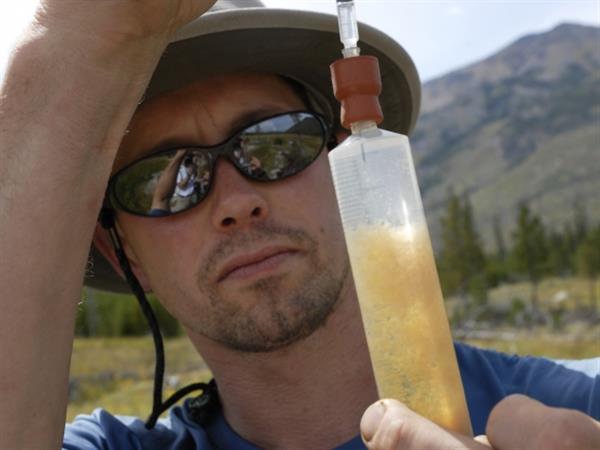How to turn methane into 3D printing material

Researchers at the University of Montana are developing a 3D printing technology for microbial biofilm to reduce the amount of methane in the atmosphere.
Known as one of the most dangerous greenhouse gases, methane has a major negative impact on the environment. This odorless, flammable gas is formed from various sources: agricultural land, oil and coal, as well as natural wetlands and geysers.
To reduce its amount in the atmosphere , scientists are trying to develop technology for 3D printing of microbial biofilm. To do this, together with colleagues from the universities of South Dakota and Oklahoma, they study the bacteria methanotrophs .
Researchers are developing a model that explains the metabolism of these bacteria. To recreate microbial biofilm, they use specialized 3D printers that optimize the ability of materials to form organic compounds. Scientists hope that as a result, methanotrophs can be used to create plastic and biofuels.

One of the project participants, Jim Wilking , explains: "We are interested in creating biofilms using 3D printing, just as bioengineers use it to create artificial body tissues."
In search of the necessary materials for the experiments, the researchers went to the thermal springs in Yellowstone National Park, where there is an increased methane content. They will also try to locate them in a former gold mine in South Dakota, where an underground laboratory is now located.
For 3D printing, the stereolithography method (SLA) will be used, since microbes are more resistant to light. Liquid with methanotrophs will be used as a starting material for printing.
The innovative research project received a total of $ 7.8 million in investment from the National Science Foundation.
The share of methane in the earth’s atmosphere is only 0.00017%, but this gas is responsible for 20% of the negative effects of greenhouse gases.
All Articles